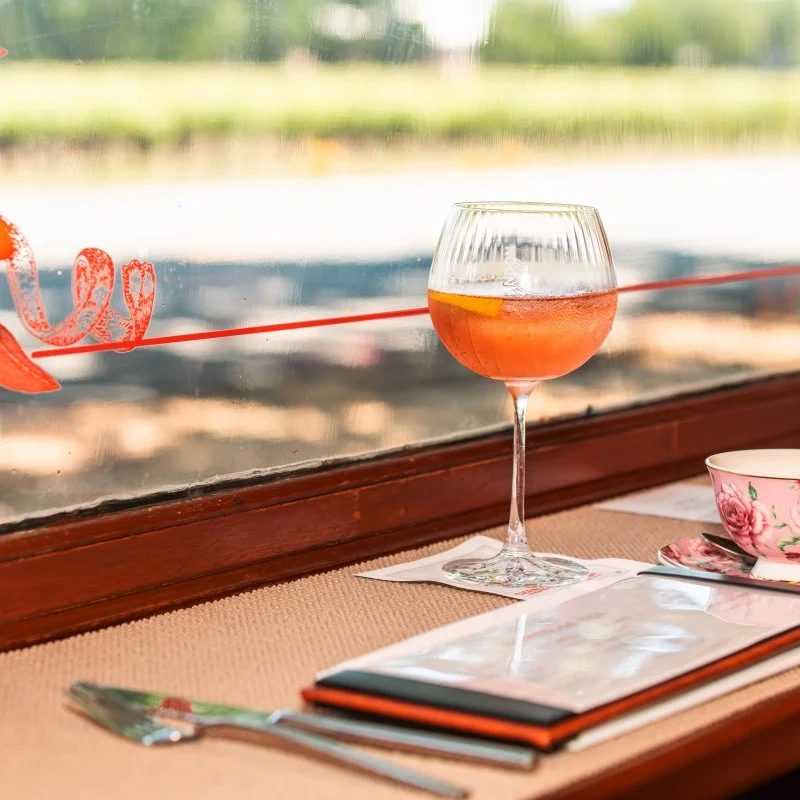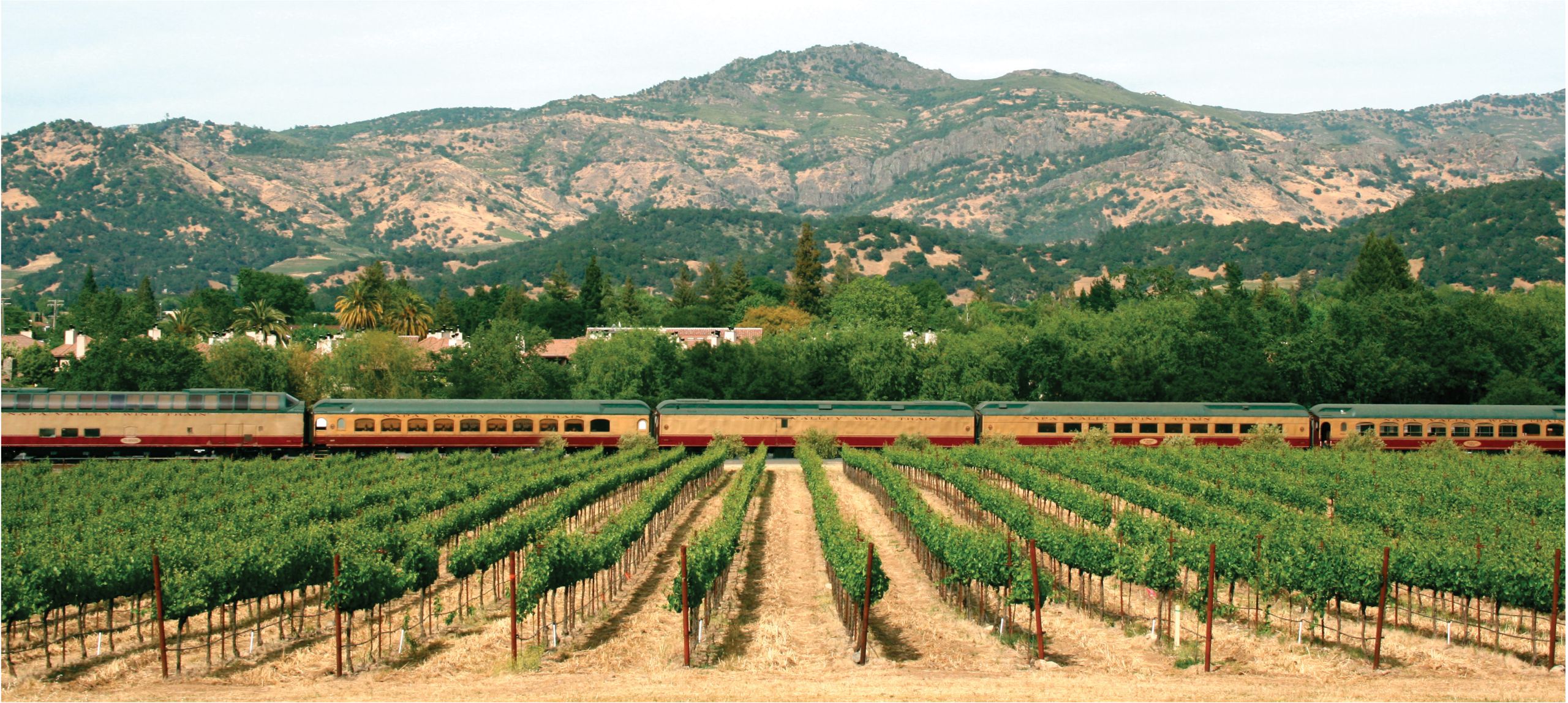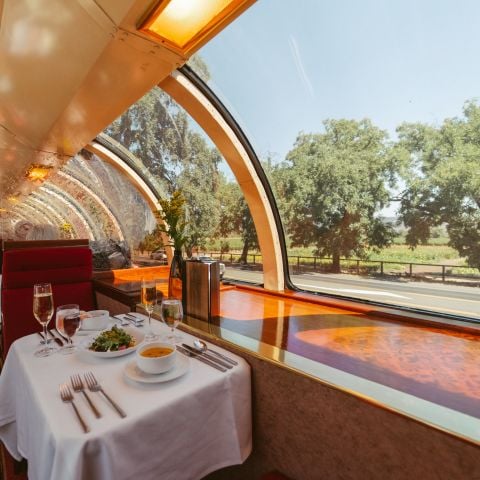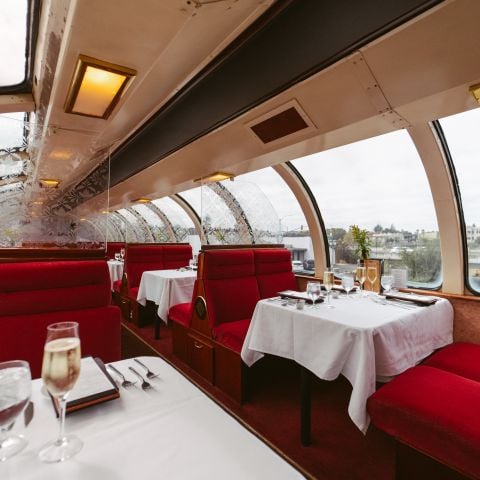Here are some of the basic tenets of wine pairing, so next time you’re planning a dinner party, or even just coming up with a dish to pair with your favorite Napa Valley wine, you can use these tips to guide you.
Rule: When pairing multiple courses, go from light to heavy to avoid overloading your palate.
Drinking a robust, full red or heavy white before dialing back to a lighter varietal often causes the delicate flavors of a lighter wine to get lost so if you’re planning to pair a variety of dishes in a multi-course meal, start light (with a nice Napa Riesling perhaps?) and work your way up to the heavier wines, like our beefy Cabernet Sauvignons.
Rule: Opposites Attract.
Think: sweet and sour or salty and sweet. This is where molecules come into play. There’s something about the sweetness of a wine like a Zinfandel that compliments rather than competes with a salty dish.
Rule: Acid with Acid.
Salt also highlights the acidity in wine, so if you’re serving a salty dish, avoid a highly acidic wine. There is, however, something about a highly acidic dish that will stand up to the acid in the wine, balancing and mellowing it out. Think of the bright, citrus notes of an unoaked Chardonnay. Pairing that with food that you would add some lemon or lime to will pair beautifully—the acid of the dish bringing out the citrus notes in the wine.





